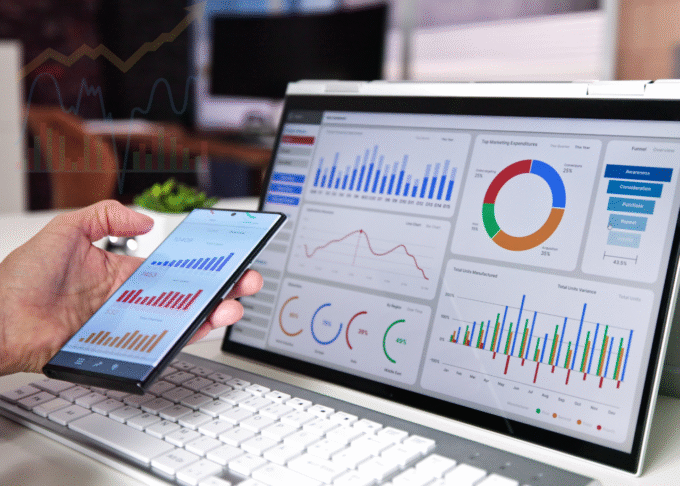Introduction:
Emphasizing the crucial role of data-driven marketing in understanding customer behavior and optimizing marketing campaigns. “Data-driven marketing, is not just about collecting data; it’s about extracting actionable insights that inform strategic decisions and enhance customer engagement.”
The Challenge of Understanding Customer Behavior:
Traditional marketing approaches often rely on assumptions and intuition. Big data analytics provides a more scientific and data-driven approach to understanding customer behavior and preferences.
Key Big Data Analytics Techniques in Marketing:
- Customer Segmentation: Dividing customers into distinct groups based on demographics, behavior, and preferences.
- Predictive Analytics: Forecasting customer behavior and identifying potential churn.
- A/B Testing: Experimenting with different marketing strategies to optimize performance.
- Real-Time Analytics: Monitoring customer interactions and campaign performance in real-time.
- Sentiment Analysis: Analyzing customer feedback and social media data to understand brand perception.
Case Studies and Insights:
“MarketVision,” a marketing analytics company, helped a large e-commerce retailer implement a data-driven marketing strategy that resulted in a 25% increase in conversion rates. Their approach involved customer segmentation, predictive analytics, and A/B testing.
Building a Robust Data-Driven Marketing Framework:
To maximize the impact of data-driven marketing, businesses must:
- Ensure Data Quality and Governance: Implementing robust data management practices.
- Utilize Advanced Analytics Tools: Employing sophisticated analytics platforms and techniques.
- Focus on Actionable Insights: Translating data into strategic recommendations.
The Future of Data-Driven Marketing:
The future will be driven by the development of more sophisticated AI-powered analytics tools and the integration of data from diverse sources. Businesses that embrace data-driven decision-making will gain a significant competitive advantage.















